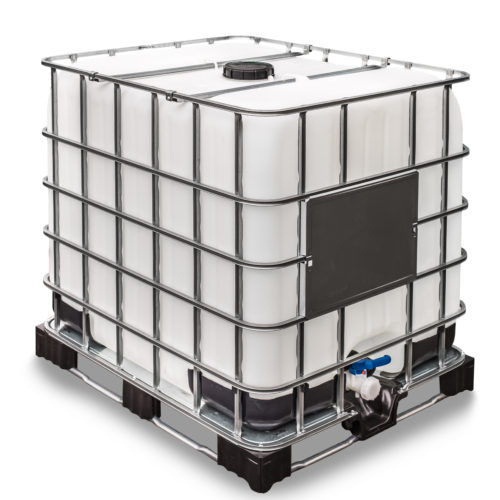How is the European Demand for Paints?
- Team Basca

- Apr 8, 2018
- 2 min read
The European market for paints and coatings continues to experience different growth patterns and drivers. After overcoming the negative impact of geopolitical tensions in 2014 and 2015, especially in eastern Europe, the market resumed stability in 2016 supported by stronger EU consumer spending, investments in infrastructure and housing development, and the healthy growth of the automotive sector in many European last major economic crisis, European demand for paints and coatings lost nearly 10percent of its volume between 2007 and 2017.

During this period, European demand developed at different rates in northern, central and southern Europe. Germany, Spain, Great Britain, Poland, Turkey and central European countries enjoyed above-average demand growth, while Italy, Greece, and Russia experienced a market contraction. Eight countries together represent nearly 80% of the European market, with Germany serving as the largest single national market. Other factors limiting the growth of paint and coatings demand volume are the regulatory mandates to reduce the volatile organic content of products, and the effort to reduce coating material consumption per square meter of surface coated.

Coating material savings can be achieved by applying thinner, higher performance coating films and by reducing paint waste during the application process. A further trend is eliminating the need for surface coating altogether. This can be accomplished by using building and assembly materials that do not require coating or using film lamination.

End-use markets
“Building paints” represent a very sizeable end-use sector which commands more than 50 percent of the total market volume. Renders and distempers are not included in this analysis. “General industry” includes general metal finishing, can and coil coating. “Other” includes plastic and paper finishes, as well as special-purpose coatings.




Comments